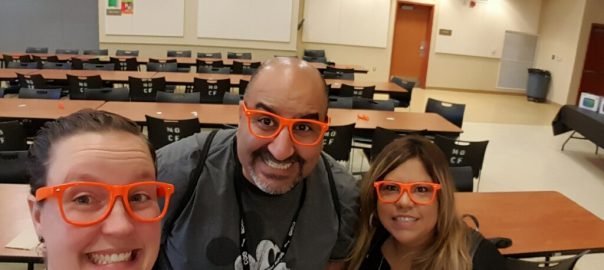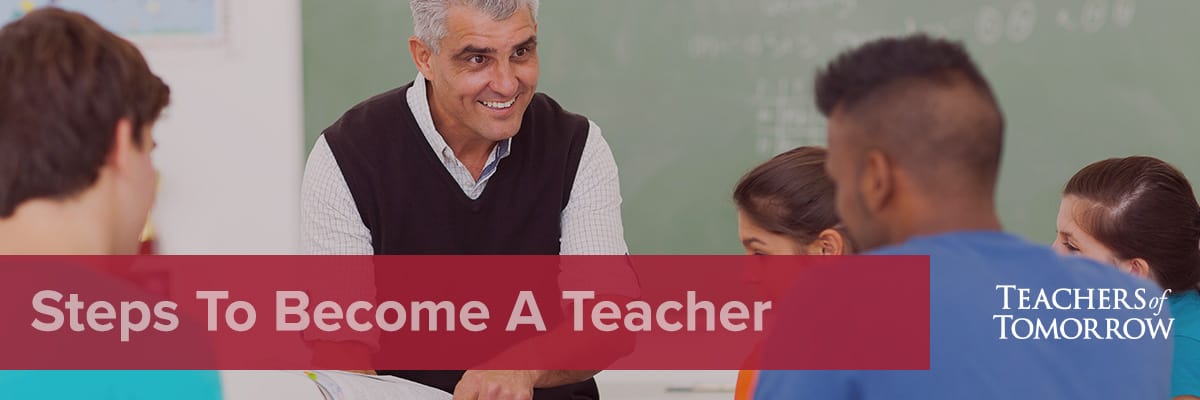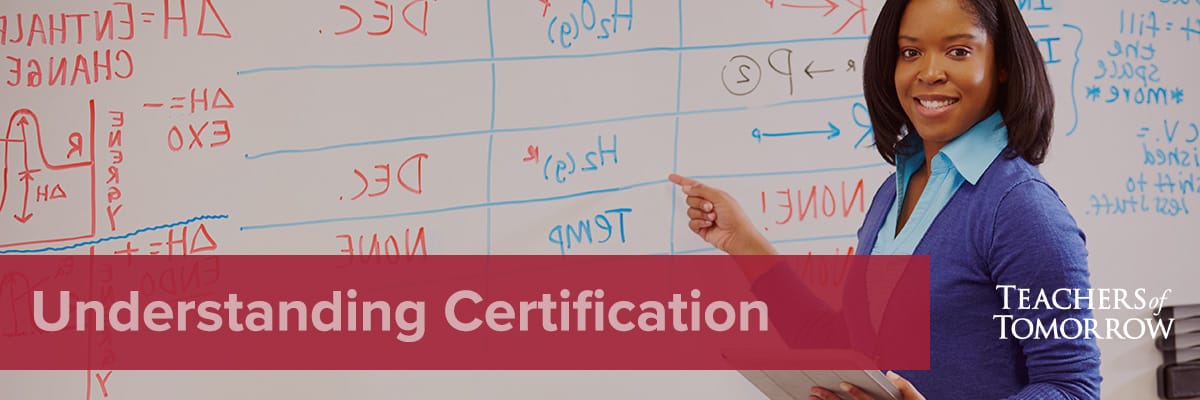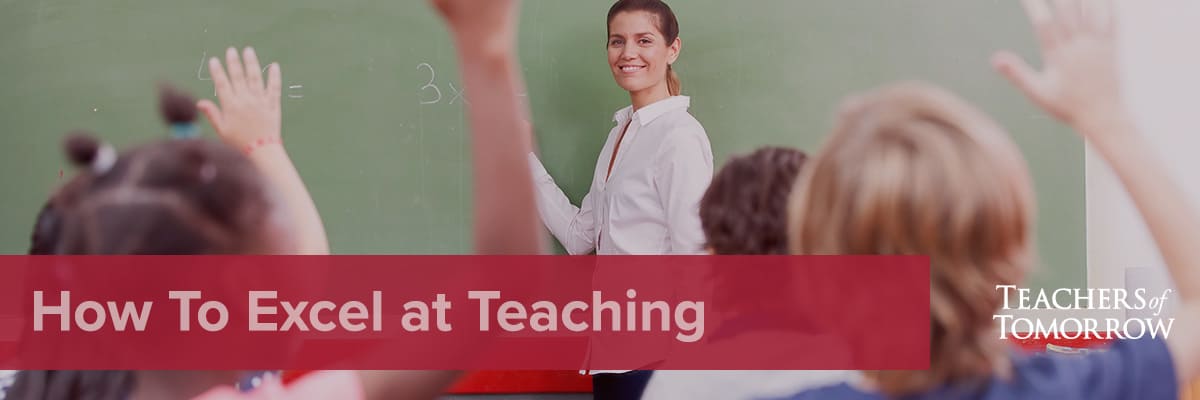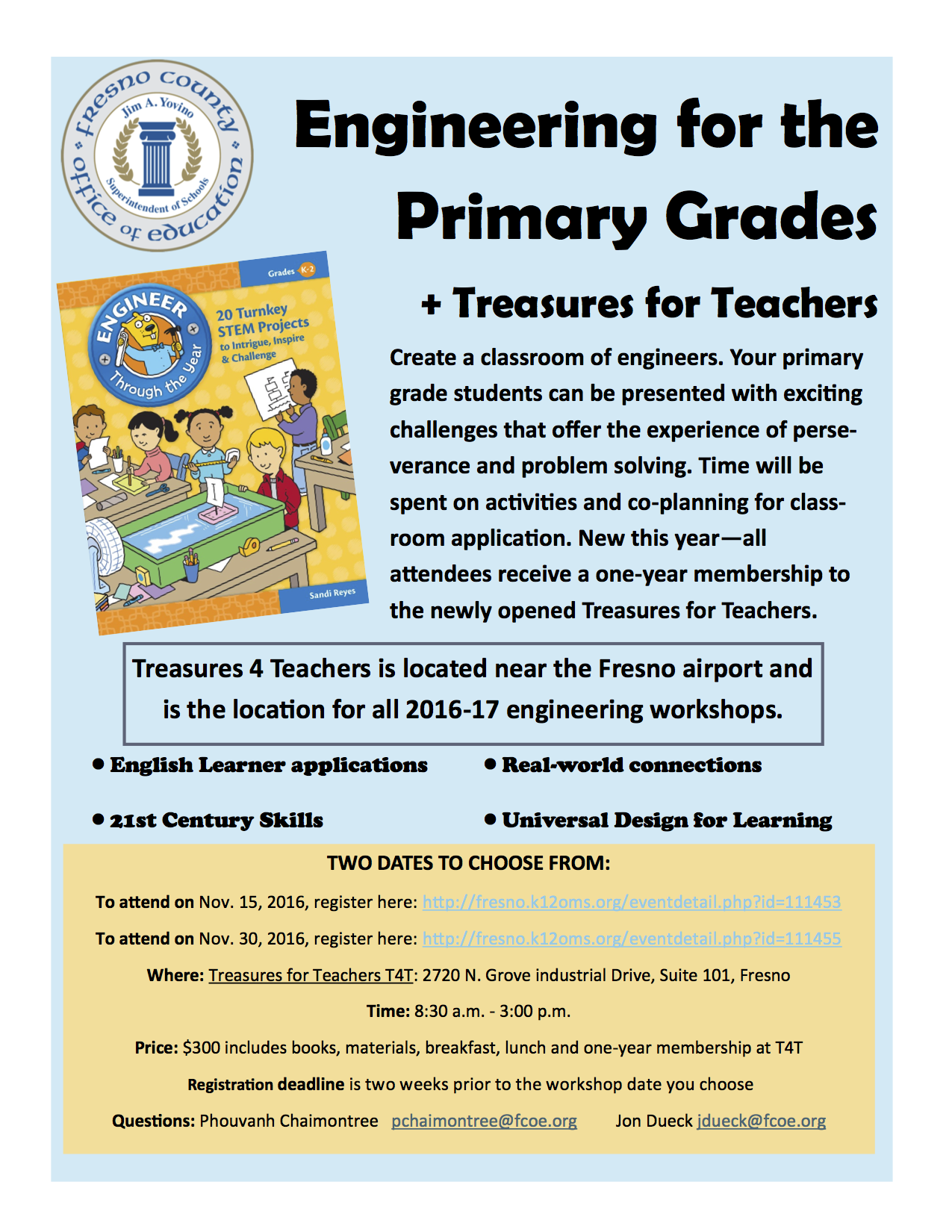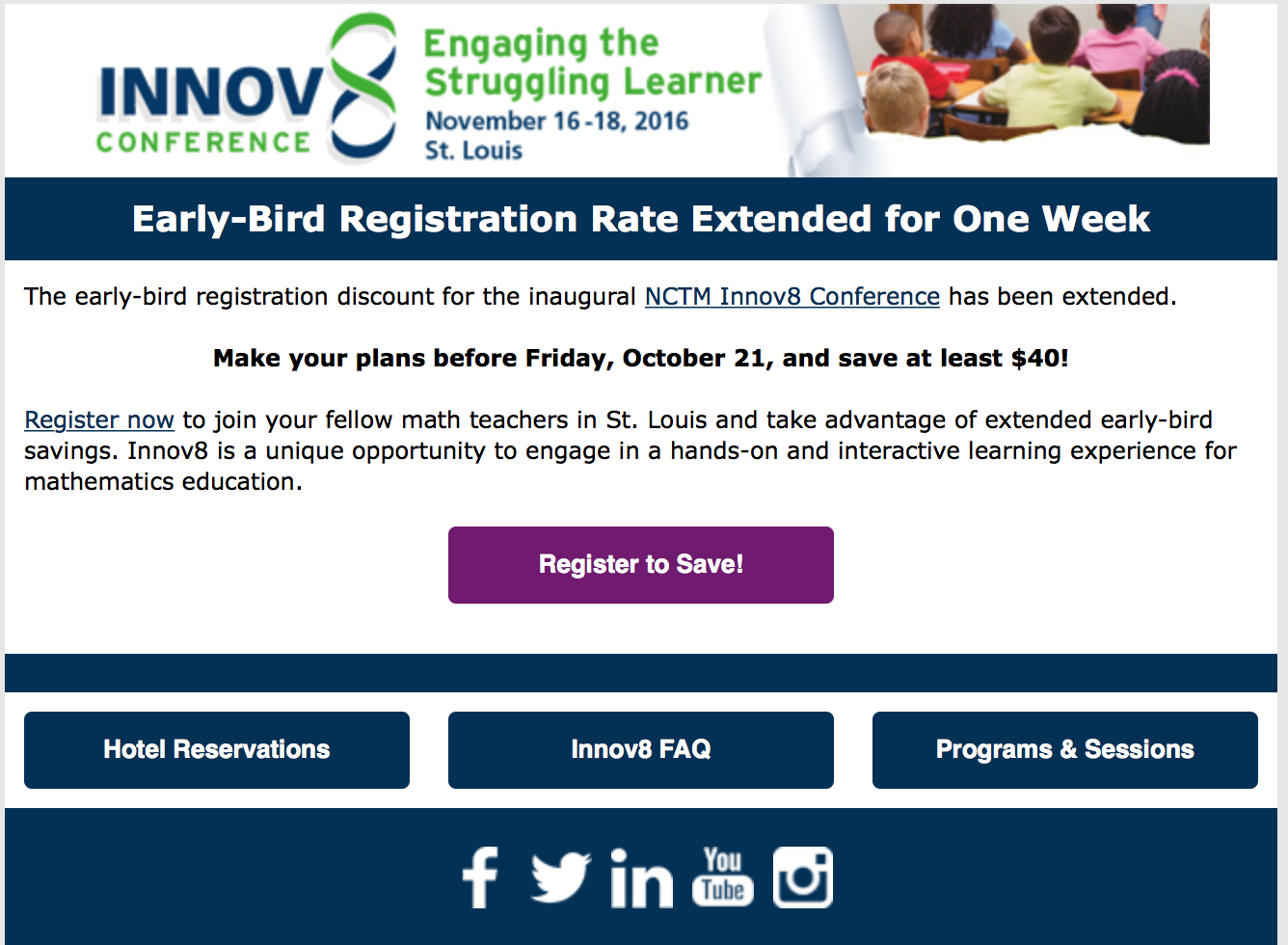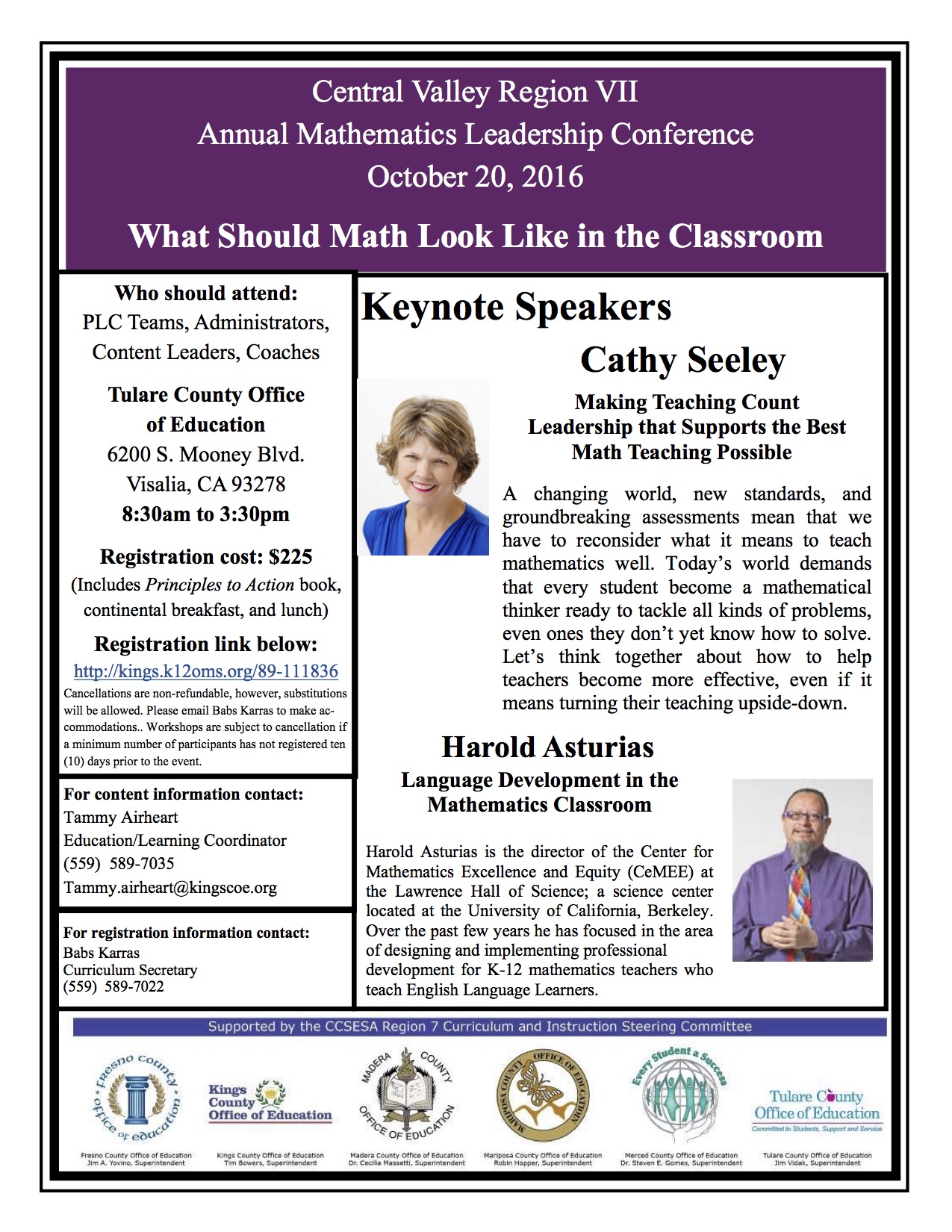Currently reading “The Leader In Me”, I awoke with such excitement as to how I can help implement this wonderful idea of creating the paradigm shift that Steve Covey brought to life in 1989 via the business world through the “The 7 Habits of Highly Effective People”.
Being a teacher that began in the early 80s, I realized that many of these were in practice by most elementary schools but not to the degree in which Mr. Covey is suggesting. Teachers always gave students jobs or tasks and changed them weekly. Did we realized the ownership that those tasks brought to those students? I know that we have some incredible ASB groups in our high schools, but we need to share out the leadership in all secondary schools.
Students feel ownership when provided with tasks that need to be done in the classroom and throughout the campus. Mr. Covey saw the shift from in vocabulary from the school to MY school, the classroom to MY classroom, the school grounds to OUR school grounds.
As we have become more independent learners due to the need of meeting all student needs, have we forgotten the need to work together for the whole of community? Do we need to take steps back to see how to have students work INTERdependently as well?
In his well-written book, The Leader In Me, the steps are set out on how to begin this paradigm shift. Simply put, provide a task for students in the classroom, the school, the community. Ask the students, what can YOU do that I am doing? Maybe it is reading the morning bulletin, erasing the board at the end of class, gathering or passing out homework, changing bulletin boards, teaching one of the habits monthly, teaching others within the class in small group situations, leading the Pledge of Allegiance, summarizing the lesson or what is due next class period, etc. This not only helps the teacher, but it helps the students feel ownership in the class.
Professional Learning Communities are no different than what was going on in the past. Professionals getting together to plan lessons, set the calendar, share what is working, going over tests results to see if teaching or tests need to be changed. This also is creating an interdependence.
When I was a math coach in Tulare Joint Union School System, our department had an incredible week of finding the needs of students in the classroom. With the goal being that we didn’t want any of those students falling through the crack, we learned that it was overwhelming task to meet ALL the needs. Then we started looking at our own strengths. What are we best at and how can that assist the entire department. We assigned tasks to each pair of teachers that would work together to build all that needed to be done to meet the needs of all students for that year. We had group-test builders, individual-test builders, those creating tasks for the advanced students, those creating assignments for the gaps in learning for the “strugglers”, those putting the calendar together to meet the goals of the chapters, and more. It was a beautiful work of interdependence that Mr. Covey is talking about here in his book. All teachers took ownership in the work that needed to be done to meet the needs of all the mathematics students during 2006.
It’s not about buying in, it is about understanding the need for everyone to work together as teachers, administrators, students and parents to accomplish the goals of doing what is best for the teaching/learning of all students.
For those of you that know me personally, do you see me in this paradigm shift below? I hope you do and I hope I am now at the 8th Habit! ~Sandy
In short, this is a cut from wikipedia (https://en.wikipedia.org/wiki/The_7_Habits_of_Highly_Effective_People):
The book first introduces the concept of paradigm shift and helps the reader understand that different perspectives exist, i.e. that two people can see the same thing and yet differ with each other. On this premise, it introduces the seven habits in a proper order.
Each chapter is dedicated to one of the habits, which are represented by the following imperatives:
First Independence
The First Three Habits surround moving from dependence to independence (i.e., self-mastery):
- 1 – Be Proactive
- Talks about the concept of Circle of Influence and Circle of Concern. Work from the center of your influence and constantly work to expand it. Don’t sit and wait in a reactive mode, waiting for problems to happen (Circle of Concern) before taking action.
- 2 – Begin with the End in Mind
- Envision what you want in the future so you can work and plan towards it. Understand how people make decisions in their life. To be effective you need to act based on principles and constantly review your mission statement. Are you – right now – who you want to be? What do I have to say about myself? How do you want to be remembered? Change your life to act and be proactive according to the Habit 1. You are the programmer! Grow and stay humble.
- 3 – Put First Things First
- Talks about difference between Leadership and Management. Leadership in the outside world begins with personal vision and personal leadership. Talks about what is important and what is urgent. Priority should be given in the following order:
- 1) Important and Urgent
- 2) Important and not-urgent
- 3) Not Important and Urgent
- 4) Not important and Not urgent
Habit 2 says: you are the programmer. Habit 3: Write the program. Become a leader! Keep personal integrity: what you say vs what you do.
Interdependence
The next three habits talk about Interdependence (e.g., working with others):
- 4 – Think Win-Win
- Genuine feelings for mutually beneficial solutions or agreements in your relationships. Value and respect people by understanding a “win” for all is ultimately a better long-term resolution than if only one person in the situation had gotten his way. Think Win-Win isn’t about being nice, nor is it a quick-fix technique. It is a character-based code for human interaction and collaboration.
- 5 – Seek First to Understand, Then to be Understood
- Use empathic listening to genuinely understand a person, which compels them to reciprocate the listening and take an open mind to being influenced by you. This creates an atmosphere of caring, and positive problem solving.
- The Habit 5 is greatly embraced in the Greek philosophy represented by 3 words:
- 1) Ethos – your personal credibility. It’s the trust that you inspire, your Emotional Bank Account.
- 2) Pathos is the empathic side — it’s the alignment with the emotional trust of another person communication.
- 3) Logos is the logic — the reasoning part of the presentation.
- The order is important: ethos, pathos, logos — your character, and your relationships, and then the logic of your presentation.
- 6 – Synergize
- Combine the strengths of people through positive teamwork, so as to achieve goals that no one could have done alone.
Continuous Improvements
The final habit is that of continuous improvement in both the personal and interpersonal spheres of influence.
- 7 – Sharpen the Saw
- Balance and renew your resources, energy, and health to create a sustainable, long-term, effective lifestyle. It primarily emphasizes exercise for physical renewal, good prayer (meditation, yoga, etc.) and good reading for mental renewal. It also mentions service to society for spiritual renewal.
Covey explains the “Upward Spiral” model in the sharpening the saw section. Through our conscience, along with meaningful and consistent progress, the spiral will result in growth, change, and constant improvement. In essence, one is always attempting to integrate and master the principles outlined in The 7 Habits at progressively higher levels at each iteration. Subsequent development on any habit will render a different experience and you will learn the principles with a deeper understanding. The Upward Spiral model consists of three parts: learn, commit, do. According to Covey, one must be increasingly educating the conscience in order to grow and develop on the upward spiral. The idea of renewal by education will propel one along the path of personal freedom, security, wisdom, and power.[3]
The 8th Habit
- 8 – Find your voice and inspire others to find theirs.
Reception
The 7 Habits of Highly Effective People has sold more than 25 million copies in 40 languages worldwide, and the audio version has sold 1.5 million copies, and remains one of the best selling nonfiction business books in history. In August 2011 Time listed 7 Habits as one of “The 25 Most Influential Business Management Books”.[4]
